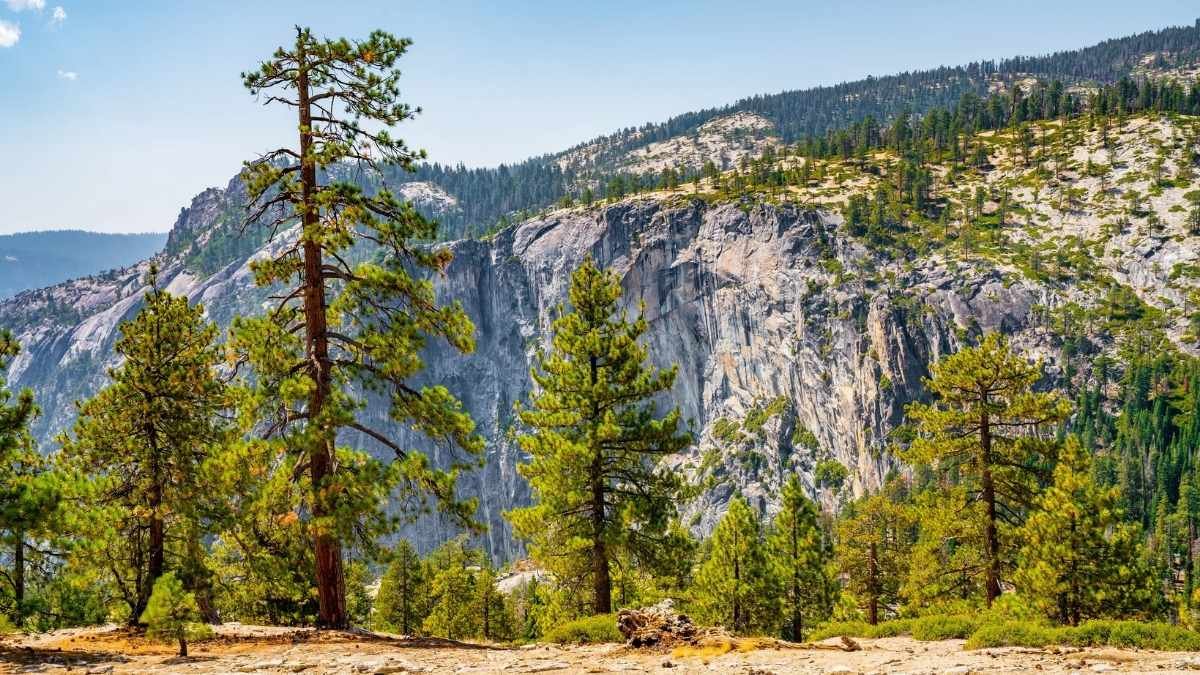Your color-coded spreadsheet was a masterpiece of optimization. Now it’s a digital tyrant. You’re standing at the edge of an epic canyon, but you aren’t looking at the view. You’re staring at your phone, sweating because you’re five minutes behind schedule for a dinner reservation.
Your quest for the perfect, efficient national park trip has turned into a high-stress job you gave yourself. This is the great paradox of modern travel: the plan you built to guarantee fun is the very thing sucking all the joy out of it. We aren’t going to just throw the plan away.
We’re going to swap your rigid itinerary for a smarter, flexible design that actually delivers a real adventure.
4 Ways a Strict Plan Steals Your Joy
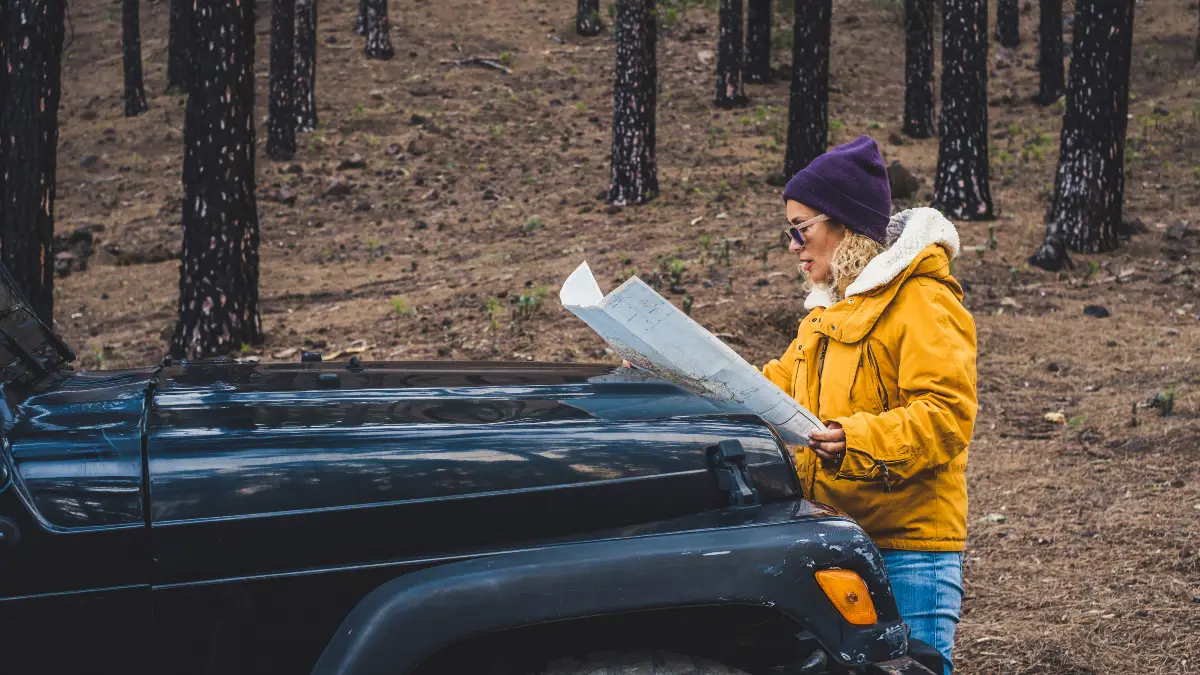
A rigid schedule doesn’t just add stress. It takes away the fun parts of travel. Here are four ways overplanning can spoil your trip.
1. You Miss Out on Happy Surprises
The best travel moments are often the ones you didn’t plan. Maybe a local tells you about a secret waterfall. Or you spot a herd of bison on a quiet side road. A packed schedule leaves no room for these happy accidents.
One traveler had to say “no” to an invitation to a cool local town because his schedule said he had to go to a museum and then an ice cream shop. He missed a real adventure because he was stuck in his plan. A strict plan trades the chance for real discovery for the safety of a checklist.
2. You Set Yourself Up for Disappointment
A detailed plan creates a perfect picture in your head. But the real world is messy. A thunderstorm might close the trail you wanted to hike. A road might be closed because of a wildfire.
When your plan is too rigid, a small problem can feel like a total disaster. This leads to frustration and disappointment.
One person planned a whole afternoon around a circus show. When she got there, it was closed for the day. She felt a “slap of disappointment” that ruined her mood. The plan itself was the reason she felt bad.
3. You Spoil the Fun of Discovery
If you research too much, you can ruin the surprise. Seeing a famous landmark for the first time should be amazing. But if you’ve already seen a hundred pictures and watched a video about it on YouTube, it can feel boring. You’re just confirming that it looks like it does online.
One traveler watched a video of a famous clock in Prague before his trip. When he saw it in person, he said it was the “worst 5 minutes” of his trip because he already knew exactly what would happen.
There was no magic. The goal of travel should be to feel a place, not just check it off a list.
4. Your Vacation Starts to Feel Like Work
Trying to follow a complicated schedule is a job. You have to constantly check the time and worry about getting to the next spot. Instead of enjoying the moment, you’re busy managing your own vacation. This is tiring.
After a month of rushing from one place to another, one traveler asked, “What is the point of travelling if you’re constantly rushing?”
Her trip made her feel tired, not rested. This is the biggest failure of overplanning. It puts the schedule ahead of the person.
| The Overplanner | The Smart Adventurer | |
| Mindset | Fear of missing out, needs to control everything | Open to surprises, trusts the process |
| Main Tool | A strict, hour-by-hour schedule | A “menu of options” |
| Reaction to Problems | Stress and disappointment | Sees it as a new opportunity |
| Main Feeling | Anxiety | Curiosity |
| Result | A finished checklist, feeling tired | Unique memories, feeling refreshed |
Why It’s Okay to Get a Little Lost
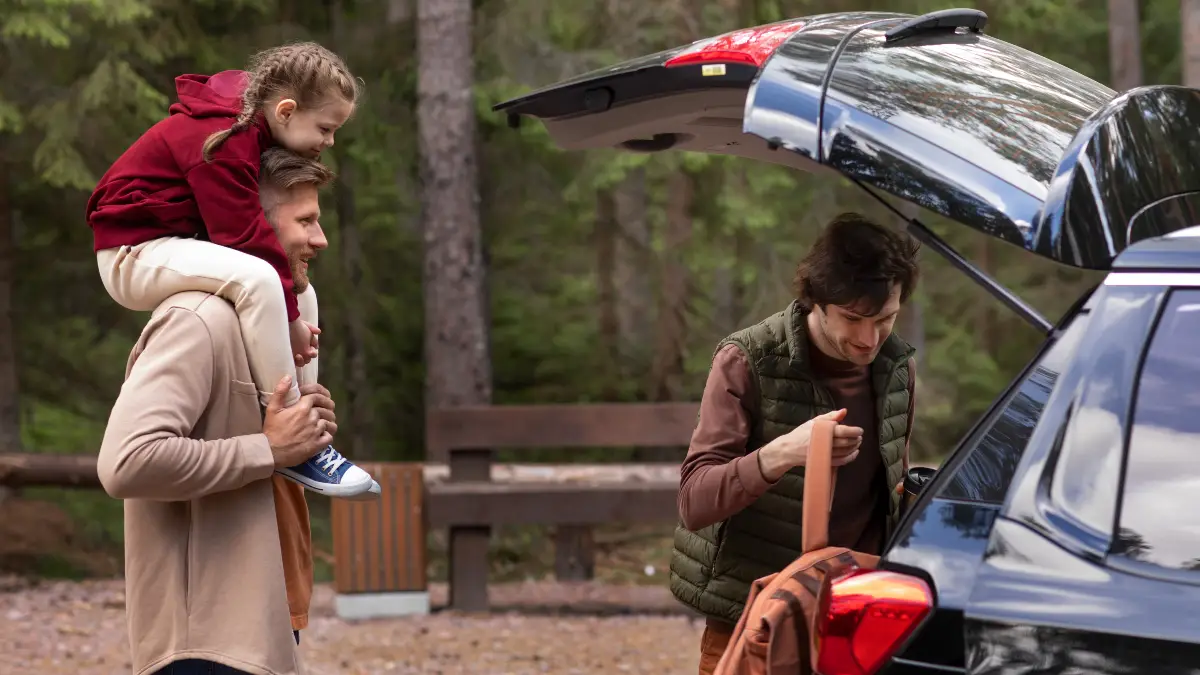
Letting go of a strict plan doesn’t mean you wander around with no ideas. It means you open yourself up to a better kind of travel. It’s about trading the need for control for a real adventure.
What Happens When You’re Spontaneous?
Being flexible on a trip is good for you. It teaches you how to solve problems. A missed train isn’t a disaster. It’s a chance to explore a new town you hadn’t planned to visit.
It also helps you relax. When you’re not worried about the next thing on your schedule, you can enjoy what’s happening right now.
This is a great way to lower stress. Being in new situations can even make you more creative. You learn to be thankful for the small, unplanned moments, like a beautiful sunset or a friendly chat with a stranger.
Real Stories of Amazing, Unplanned Trips
The best way to see the benefits of being flexible is through real stories.
The Utah Meteor Shower:
A group of friends had their big hiking trip canceled by a flood. They had to quickly make a new, loose plan for a road trip in Utah.
This led them to a remote part of a park on the exact night of a huge meteor shower. They saw something amazing that they never could have planned.
The “Plan-As-You-Go” Road Trip:
Two people decided to visit every single U.S. National Park in seven months. They knew a long-term plan wouldn’t work.
So, they only planned two or three parks ahead at a time. This let them change their route to avoid bad weather.
The Vague Idea:
A couple started a road trip with only a “vague idea of hitting a couple National Parks.” Their trip wasn’t about checking off a list. It was about enjoying the drive, seeing wildlife, and meeting new people.
These stories show an important truth. Being spontaneous doesn’t mean having no plan at all. It means having a list of options and the freedom to choose what to do in the moment. It’s the difference between following a script and making up your own story.
What You Absolutely Must Book Ahead of Time
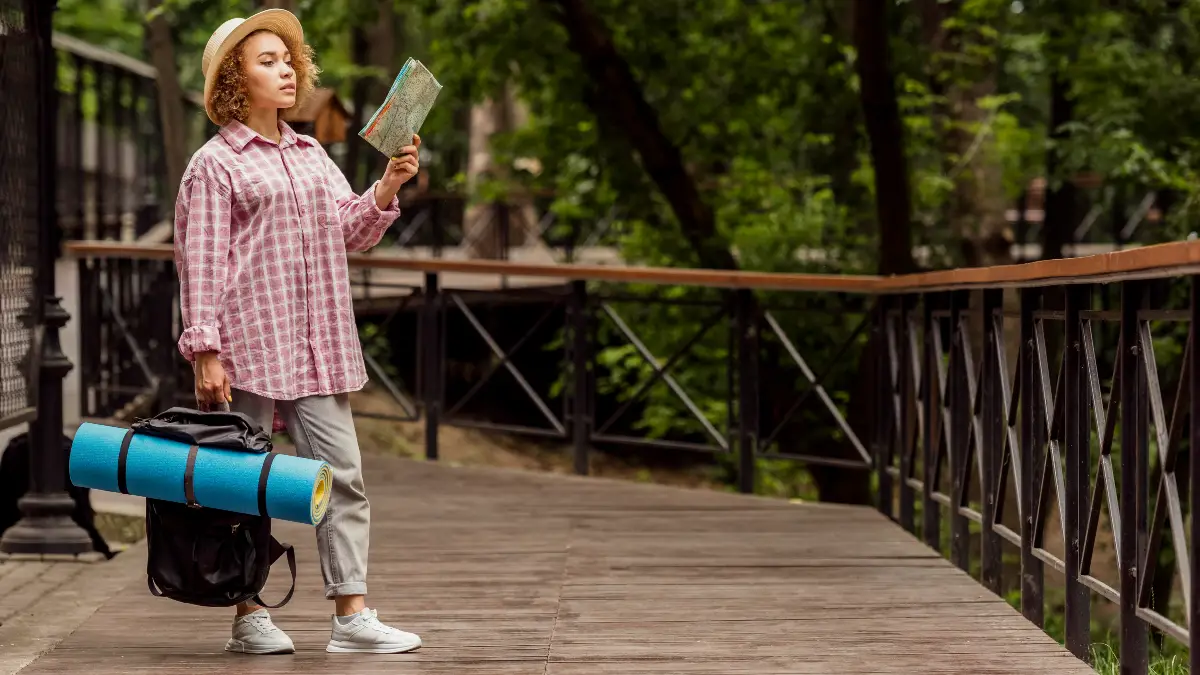
While being flexible is great, you can’t just show up to popular parks like Yosemite or Zion in the middle of summer and expect everything to work out.
Some things need to be planned. The trick is to plan the big things so you have the freedom to be spontaneous with the small things.
The 3 Things You Have to Book in Advance
For the most popular parks, you will likely need to book these things months before your trip.
- Park Entry Passes: Many parks now require you to reserve a time slot just to get in the gate during busy seasons. You usually book these online at Recreation.gov.
- A Place to Sleep: Campgrounds and lodges inside the parks are the best places to stay. They are also very popular. They can sell out for the whole summer just minutes after they become available online, sometimes a year in advance.
- Special Permits: Some famous hikes or activities, like climbing Half Dome in Yosemite, require a special permit that you often have to win in a lottery.
Booking these things first creates the foundation for your trip. Once they are set, you can be more flexible with your daily plans.
The Secret to Staying Flexible: Cancellable Bookings
How can you book things in advance but still be spontaneous? The answer is to book things that you can cancel for free. This gives you a safety net.
Flights:
Some airlines, like Southwest, let you cancel your flight with no fee. When you book, avoid the cheapest “basic economy” tickets, because you usually can’t change those.
It’s also easier to make changes if you book directly with the airline instead of a third-party website.
Hotels:
Many hotels let you book a room and cancel for free up to a day or two before you arrive. This is the most important part of your safety net. You can book a “home base” hotel without deciding what you’ll do each day.
Rental Cars:
Most big rental car companies let you reserve a car without paying upfront and cancel anytime for free.
By using cancellable bookings, you can have a plan without being trapped by it.
The 5-Step Smart Planning Method
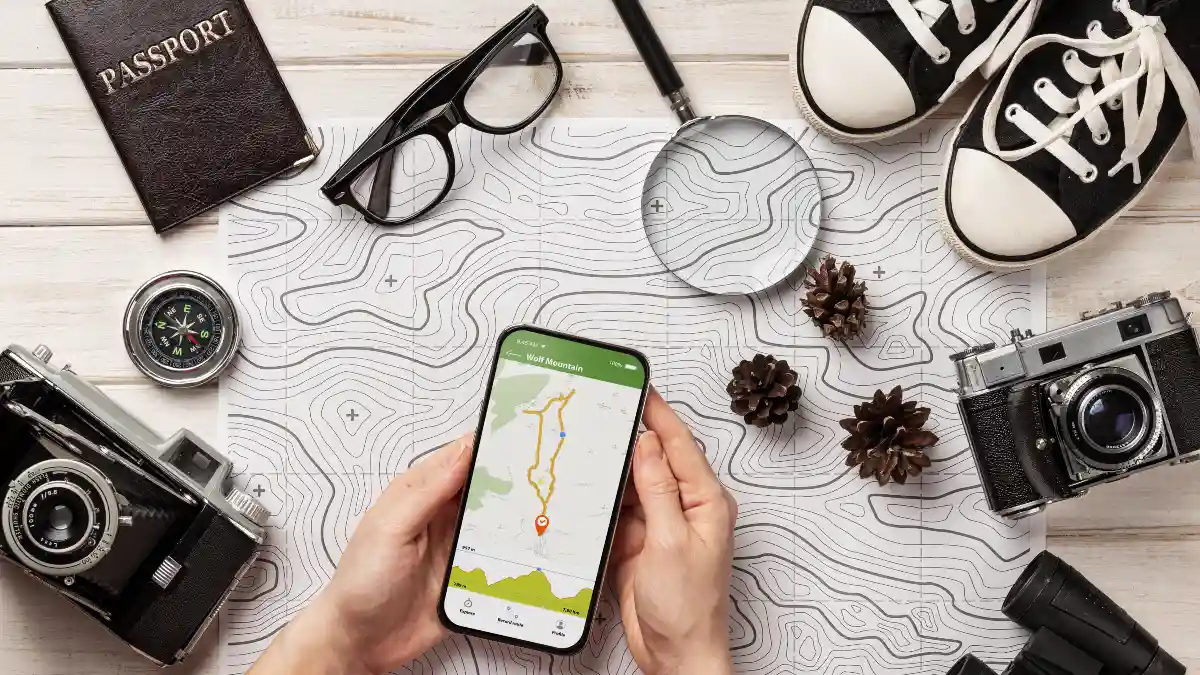
Park rangers are the experts. They don’t recommend strict schedules. Their advice is simple: “Make a plan…and a backup plan.” Here is a five-step way to plan your trip like a park ranger.
Step 1: Figure Out What You Really Want to Do
First, think about the main goal of your trip. Do you want to do hard hikes and have an adventure? Or do you want to relax, take photos, and enjoy scenic drives? Knowing your goal helps you make choices.
Then, start your research on the park’s official website (NPS.gov). Make a list of things you might want to do. But don’t put them on a schedule. Instead, put them in three groups:
- Must-Sees: The things you absolutely don’t want to miss.
- Would-Be-Nices: Things you’d like to do if you have time.
- If-We-Have-Time: Other cool options if everything else works out.
Step 2: Book Your ‘Home Base,’ Not Your Whole Day
Now it’s time to book things. But you’re only booking the big stuff: your park entry pass and your (cancellable) hotel or campsite.
For big parks like Yellowstone, book your lodging in different areas of the park. For example, you could stay two nights on the west side to see the geysers.
Then you could stay two nights near the canyon area. This gives you a home base for each part of your trip but leaves your days completely free.
Step 3: Create a ‘Menu of Options,’ Not a Schedule
This is where your research becomes a powerful tool. Instead of a schedule, you’ll make a “menu of options.” The best way to do this is with Google Maps.
Go to “My Maps” and create a new map for your trip. Save every hike, viewpoint, and interesting spot from your research list as a pin on the map. You can even add notes, like “easy 2-mile hike” or “best spot for sunset.”
Organize your pins by area. Now, when you’re in the park, you can just open your map and see all your pre-researched options nearby. It’s like having your own personal guidebook.
Step 4: Talk to a Park Ranger Every Morning
This is the best tip for having a great trip. The park rangers have the most up-to-date information. Make the visitor center your first stop every single day.
Go in with your menu of options and ask them questions like:
- “What are the trail conditions like on the Highline Trail today?”
- “It looks like it might rain this afternoon. Should we do this hike now or do you suggest something else?”
- “Where have people been seeing moose in the last day or so?”
Their answers will help you make the best choice from your menu for that day.
Step 5: Always Have a Plan B (and C)
Things will go wrong. A parking lot will be full. A trail will be closed. With a flexible plan, this isn’t a problem.
Your “menu of options” is really just a list of backup plans. If you can’t do your first choice, just look at your map and pick something else nearby.
This takes away the stress and disappointment and makes you feel in control. Your trip becomes a fun game of choosing your own adventure.
Helpful Apps for Your Trip
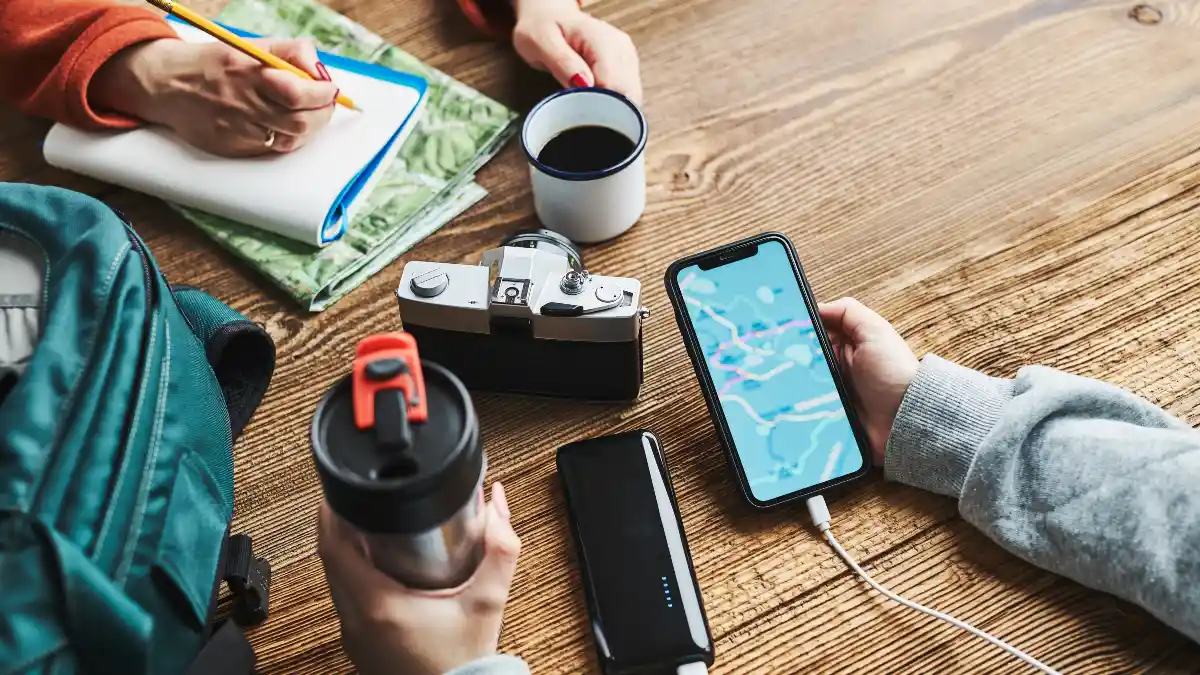
Using the right apps can make your flexible trip much easier. Your phone can become a powerful tool for adventure.
Must-Have Apps for Park Visitors
AllTrails:
This is the best app for finding hikes. The paid version lets you download maps so you can use them even when you have no cell service.
This is a must-have. It also has a feature that alerts you if you go the wrong way on the trail.
The Official NPS App:
This is the best place for official park information. It will give you real-time alerts about road closures or other problems. It’s also great for finding other nearby parks if your first choice is too crowded.
Google Maps:
Use this to build your “menu of options” by saving pins. You can also download maps of the whole area to use for driving directions when you don’t have service.
The Dyrt:
This app is great for finding last-minute campsites. It has a huge list of campgrounds with reviews from other campers.
How to Find a Last-Minute Place to Sleep
Sometimes you need to find a place to stay at the last minute.
- Check Official Websites: The companies that run the park lodges often post last-minute deals on their websites when they get cancellations.
- Call Hotels Directly: For towns just outside the park, the best strategy is to call hotels on the phone. Their online systems might say they are full, but they might have had a recent cancellation.
- Use Last-Minute Deal Sites: Websites like Hotwire can be good for finding a deal, but you often don’t know the exact hotel until after you book.

